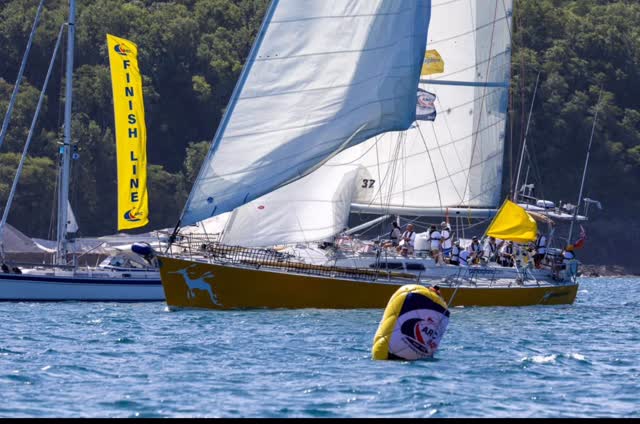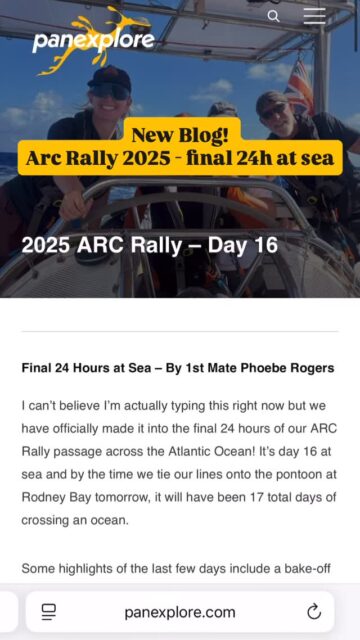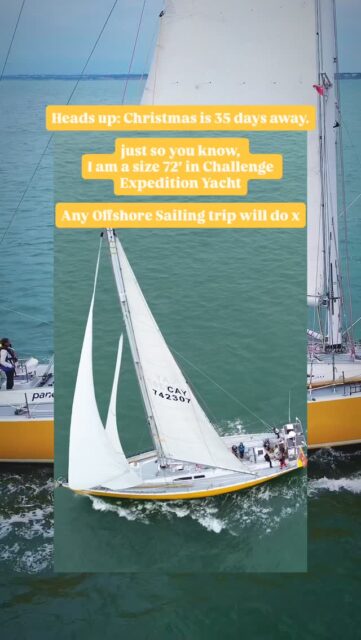Last Week we hauled Sea Dragon out of the water at Marine Group Boat Boatworks in National City, California, for our annual maintenance period. If you have ever owned a boat, no matter the size, you are likely familiar with the phenomenon that the “to do” list never seems to get smaller – every time you check an item off, something else seems to break. As boats get bigger and start to carry higher loads and more complicated systems, this syndrome just gets worse, as every switch, solenoid, pump, and hose is a potential point of trouble.
On board Sea Dragon, we are fairly lucky in that she is a relatively simple boat for her size – no hydraulics, only one electric winch, and a minimal instrument package. Still, at one point or another every year, Shanley or I will look at the other and moan something along the lines of “the list just doesn’t get any shorter!!!”

This haul out is our annual chance to take care of routine maintenance, like anti-fouling, inspecting safety gear, and ensuring the integrity of the vessels hull, rig, and appendages, and hopefully get a little bit of a head start on the rest of the systems. Sea Dragon is coded to MCA (British Coastguard) Small Commercial Vessel Code, Category 0, meaning she is approved to carry guests any distance from shore in all oceans of the world. In order to maintain this rating, we are annually inspected by a surveyor for MECAL, who travels out from the UK for a weekend of bilge-crawling, poking, and general inspection to make sure that Sea Dragon still meets coast guard standards.

This year is our 5 year survey, which means that we have to be hauled out of the water and have some extra items to cover – inspections of the propellor and shaft, the rudder (out of the boat), and a full inspection of exterior of the vessel below the waterline.
This past week since haul out has been exciting getting everything ready to go. The shipyard has removed our propeller and shaft to check that it isn’t bent or overly worn or corroded, and we had a fun time getting the rudder out. Sea Dragon has a partially balanced rudder hung on a skeg, and the rudder shaft is so long (it comes up above the deck) that the rudder can’t be fully removed from the boat when she’s blocked on the hard. In the end, the yard crew needed to jackhammer a 2′ deep hole under the boat to lower the rudder into so we could get it all the way out to check the shaft and bearings.

Up next on our list of activities is our favorite – rust busting! Sea Dragon has a steel hull, and in some areas, especially forward where wet bodies and sails bring salt water into the boat, there’s always some mild corrosion. We spend a few weeks a year in the bilges, scraping and sanding off surface rust so repaint to keep this corrosion in check. If we find any areas that are too pitted, we have to cut out a section of hull and replace the steel plate – expensive and time consuming, but pretty straightforward, and when you’re done the boat is just as strong as new, one of the real benefits of metal hulled vessels.

Another project this year is that we’re going to be replacing some of our keel bolts. Sea Dragon has a 21,000lb lead bulb hanging at the end of our steel keel fin to keep her upright when the wind blows hard. This year we’re going to be pre-emptively removing, inspecting, and replacing all 14 of the 1″ diameter bolts that hold this bulb to the bottom of the keel – definitely something you don’t want to be worrying about while at sea.
As we settle into the yard and get ready to do some bilge crawling, we’re looking forward to being back on the water in May for some awesome sailing. It’s going to be great to be out of the yard with a clean bottom, freshly painted bilges, and freshly maintained systems, knowing that Sea Dragon is in prime condition and ready to go as we head out across the Pacific.


















